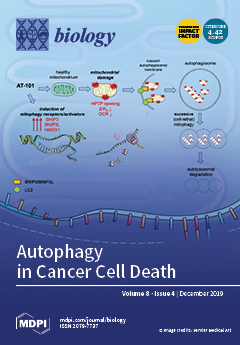The gametic lethal gene
gal in combination with the semidwarfing gene
d60 causes complementary lethality in rice. Here, we attempted to ascertain the existence of
gal and clarify male gamete abortion caused by
d60 and
gal. Through the F
2 to F
4 generations derived from the cross between
D60gal-homozygous and
d60Gal-homozygous, progenies of the partial sterile plants (
D60d60Galgal) were segregated in a ratio of 1 semidwarf (1
d60d60GalGal):2 tall and quarter sterile (2
D60d60Galgal):6 tall (2
D60d60GalGal:1
D60D60GalGal:2
D60D60Galgal:1
D60D60galgal), which is skewed from the Mendelian ratio of 1 semidwarf:3 tall. However, the F
4 generation was derived from fertile and tall heterozygous F
2 plants (
D60d60GalGal), which were segregated in the Mendelian ratio of 1[semidwarf (
d60d60GalGal)]:2[1 semidwarf:3 tall (
D60d60GalGal)]:1[tall (
D60D60GalGal)]. The backcrossing of
D60Gal-homozygous tall F
4 plants with Hokuriku 100 resulted in fertile BCF
1 and BCF
2 segregated in a ratio of 1 semidwarf:3 tall, proving that
d60 is inherited as a single recessive gene in the
D60d60GalGal genetic background (i.e., in the absence of
gal). Further,
gal was localized on chromosome 5, which is evident from the deviated segregation of
d1 as 1:8 and linkage with simple sequence repeat (SSR) markers. Next-generation sequencing identified the candidate SNP responsible for
Gal. In F
1 and sterile F
2, at the binucleate stage, partial pollen discontinued development. Degraded pollen lost vegetative nuclei, but second pollen mitosis raising two generative nuclei was observed. Thus, our study describes a novel genetic model for a reproductive barrier. This is the first report on such a complementary lethal gene, whose mutation allows the transmission of a co-induced valuable semidwarfing gene
d60.
Full article






